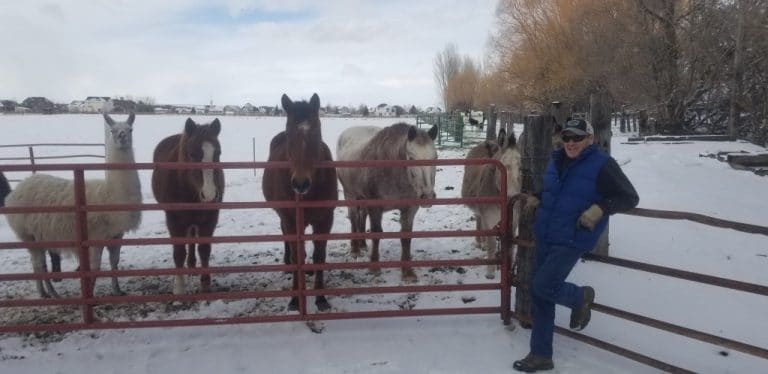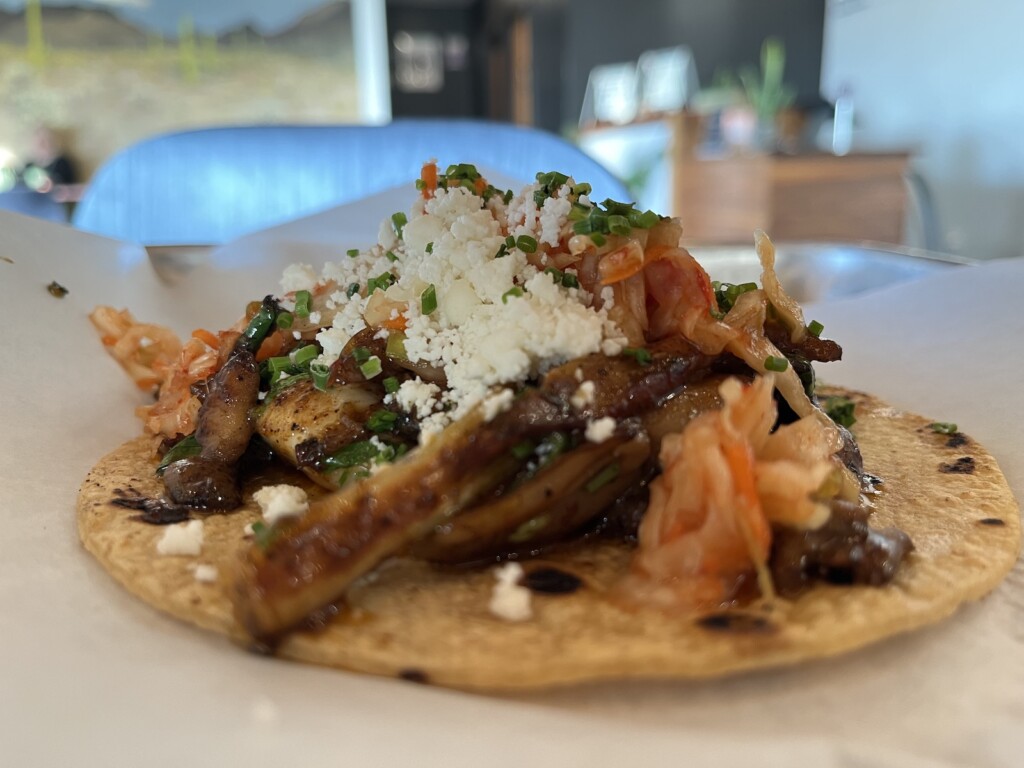
Cache Valley, Utah finds solutions
Suburbs march into farmlands cul-de-sac by cul-de-sac. But in Cache Valley the advance has slowed.
When Nibley residents Boyd and Sheri Schiess look out across the acres of agricultural land surrounding their home, they see an uninterrupted view of the Wellsville Mountains, a carbon sink of rich, fertile soil, and their great-grandchildren’s heritage. The Bear River Land Conservancy and, most importantly, their community, sees that as well.
One of the valley’s original ranches, Quarter Circle Ranch, has been owned by the Scheiss family since they bought it from its first occupants in the 1940s—almost as long as Boyd Scheiss has been alive.
The family has no interest in seeing it developed, and not just for sentimental reasons.
“There’s land to be developed and land to be farmed, and this just happens to be good ground to be farmed,” Boyd says. “Where you have black soil and clay, I have a hard time with people coming in and developing good farm ground because we’re losing the good farm ground.”
Boyd pointed out a proposed easement—the western lot of their ranch, which has a perennial spring and is irrigated and maintained as a working cattle pasture and hayfield.“It’s not a big lot,” he conceded. “But it might end up being the only green spot left in the city.”
The couple began working toward a conservation easement a decade ago, as development closed around the property. In 2007, Nibley City officials granted their request to rezone the property from residential to agricultural use.
When the couple stood before the council again in 2009, more than 200 community members joined them, requesting the city remove a road planned to bisect their property from the city’s master plan.
Today’s Nibley City master plan, instead of bisecting the property with a major north-south arterial connector road, marks it as conserved agricultural land and calls for public trails around it.
What is the true value of farmlands?
In Cache Valley’s fastest-growing city, nearly 75 percent of the population is under the age of 35. Utah’s population is predicted to double between now and 2020; Nibley’s is projected to grow 20 percent faster, and triple by 2060.
With a median home value in the mid $300’s, real estate development prices are soaring. The pressure to sell weighs heavily on remaining family farmlands.
In Nibley City, 91 percent of the land is developed and the remaining 9 percent is farmland, according to the city’s 2016 master plan.
The Scheiss’ conservation easement of 25.5 acres will represent about 11 percent of the current remaining agricultural land in Nibley City, or about one percent of the city’s total acreage.
The Scheiss’ credit the Bear River Land Conservancy (BRLC) with helping gain the easement.
Organized in 2009 to manage a conservation easement that protects critical wetlands in the Bear River Valley, the BRLC manages hundreds of acres of protected wetlands. They also manage a property containing Ute ladies’-tresses (Spiranthes diluvialis), a rare and threatened species of orchid discovered in 2008 in Cache Valley.
“We basically just exist as an entity to preserve the value of critical land,” says Dave Rayfield, BRLC board member and a trusted local leader in land-use concerns. “Land has value for a lot of reasons, and we help protect that value. A lot of people don’t understand that is what conservation is.”
Why should public and private charitable foundations pay for land uses that the market won’t?
“People don’t see the value until they lose it. When they lose it, they understand,” he says. “But if we can protect that land when the community has this beautiful remaining natural landscape, they’ll see the value for themselves.”
Nobody can really pay the full value of the opportunity cost of development, and the Scheiss family knows it. They are grateful for the value that conservation programs have seen in their farmland, and they don’t care about the rest.





